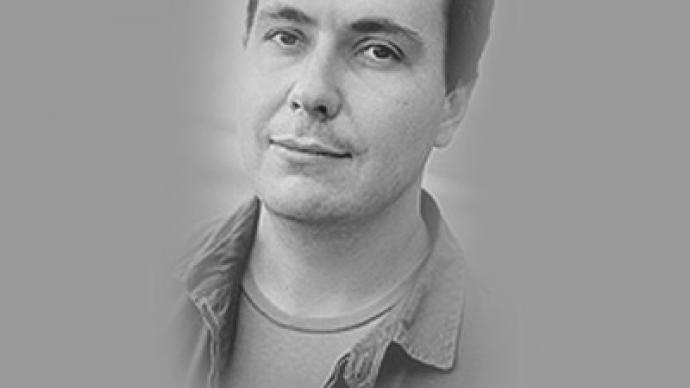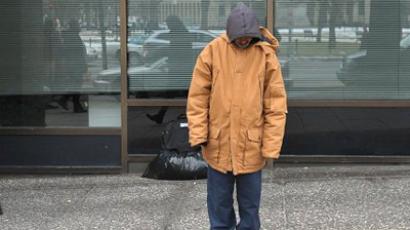Will I ever have to use this? Scientist fights (and wins) traffic ticket with math

It’s official: there is, in fact, a practical use for mathematics. If you have your doubts, just ask Dmitri Krioukov, a physicist who works at the University of San Diego in California. Just don’t expect a simple answer.
Krioukov was issued a traffic ticket last spring for allegedly failing to halt at a stop sign in southern California. The scientist insisted he was innocent, though, and was more than willing to fight the hefty $400 fine that he would have been forced to pay. Krioukov didn’t appeal to an attorney for help, and he didn’t skip his court date either. Instead, Krioukov used his brain."I didn't apply any knowledge beyond elementary physics and mathematics," Krioukov says while explaining his case to San Diego 6 News. The know-how he relied on might not be as rudimentary to most as the research scientist makes it out to be, but he did successfully fight and win his arguments against the stop sign ticket by drafting a 4-page paper that explains through mathematical equations, theorems and charts that he could not at possibly be at fault.The paper is titled “The Proof of Innocence” and is available on Cornell University’s arXiv archive of studies. In the abstract, Krioukov explains that three conditions could occur when an automobile approaches a stop sign that could lead an observer — in this case, a cop — to believe that the car doesn’t come to a complete halt. This was exactly the case with the incident that landed him a ticket, insists Krioukov.“[I]f a car stops at a stop sign, an observer, e.g., a police officer, located at a certain distance perpendicular to the car trajectory, must have an illusion that the car does not stop, if the following three conditions are satisfied,” writes Krioukov . Those criteria, he explains, are:“(1) the observer measures not the linear but angular speed of the car; (2) the car decelerates and subsequently accelerates relatively fast; and (3) there is a short-time obstruction of the observer's view of the car by an external object, e.g., another car, at the moment when both cars are near the stop sign.”In breaking down the numbers and variables that would give a headache to anyone with no appetite for algebra, PhysicsCentral explains the paper in not as many words:“When Krioukov drove toward the stop sign the police officer was approximating Krioukov's angular velocity instead of his linear velocity. This happens when we try to estimate the speed of a passing object, and the effect is more pronounced for faster objects. Trains, for instance, appear to be moving very slowly when they are far away, but they speed past when closer. Despite these two different observations at different distances, the train maintains a roughly constant velocity throughout its trip.”Or, as he puts it to San Diego 6: "The angular speed he was observing was indistinguishable.”Calling into question mathematical explanations involving constant linear speed and constant linear deceleration and acceleration, Krioukov made a case that was persuasive enough to have the court dismiss their case."The judge was convinced, and the officer was convinced as well," Krioukov tells PhysicsCentralKrioukov says that since his story broke, he’s received around 100 emails every day asking for assistance. Though he isn’t exactly ready to give up his research lab for law school, Krioukov says he does have another mission: "I want to ask the readership to please find the flaw in the argument.”














